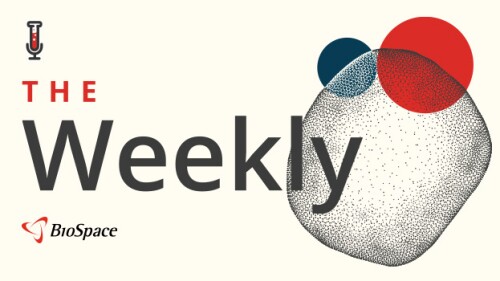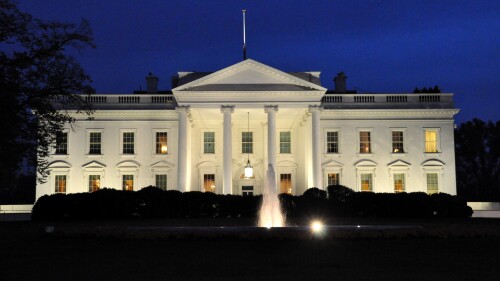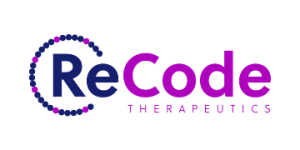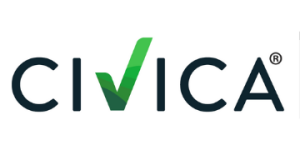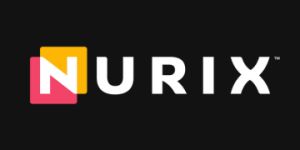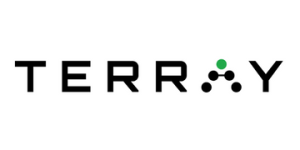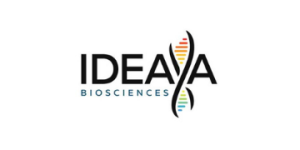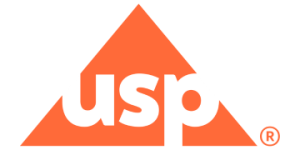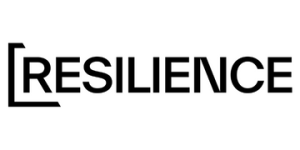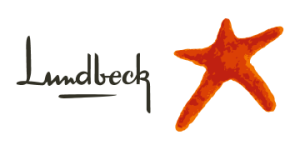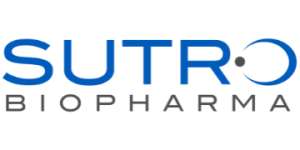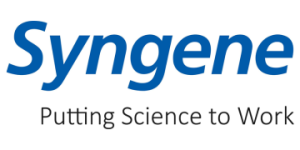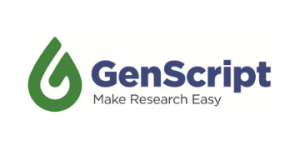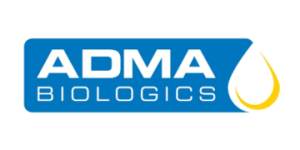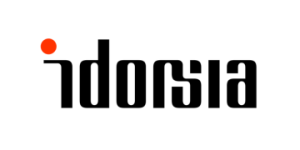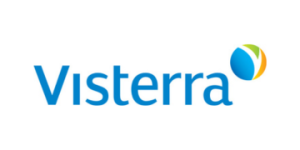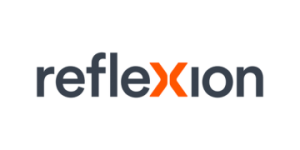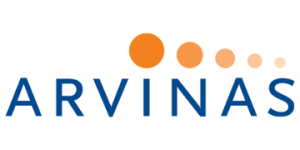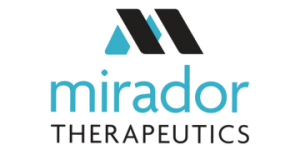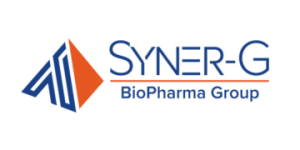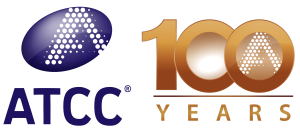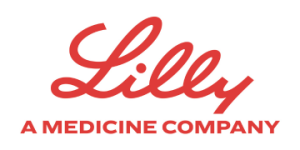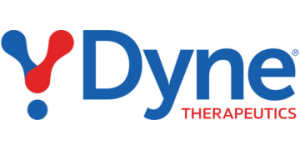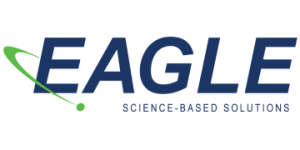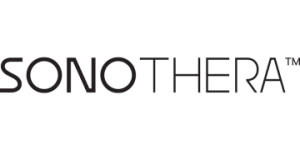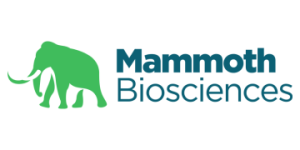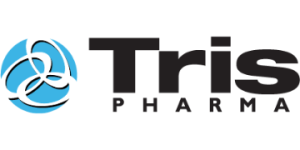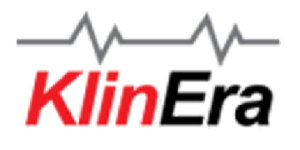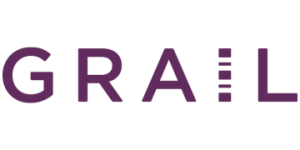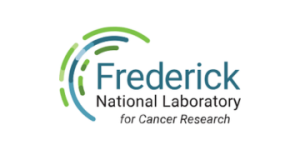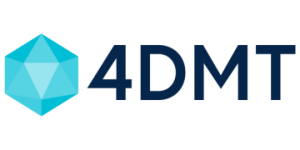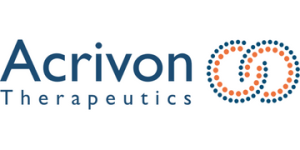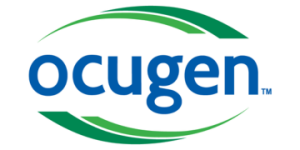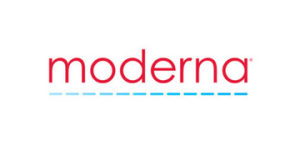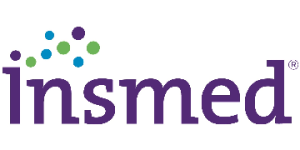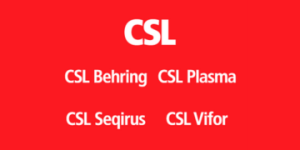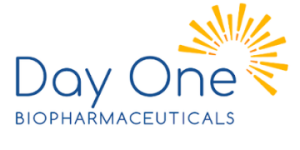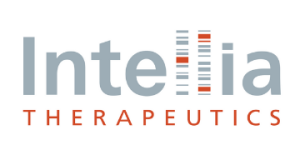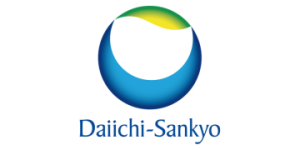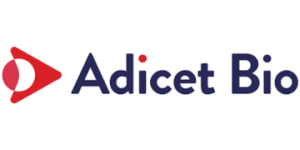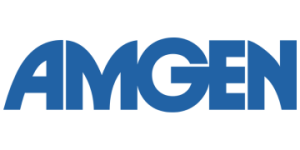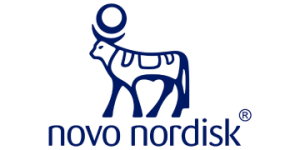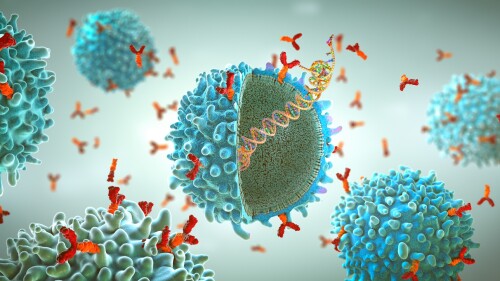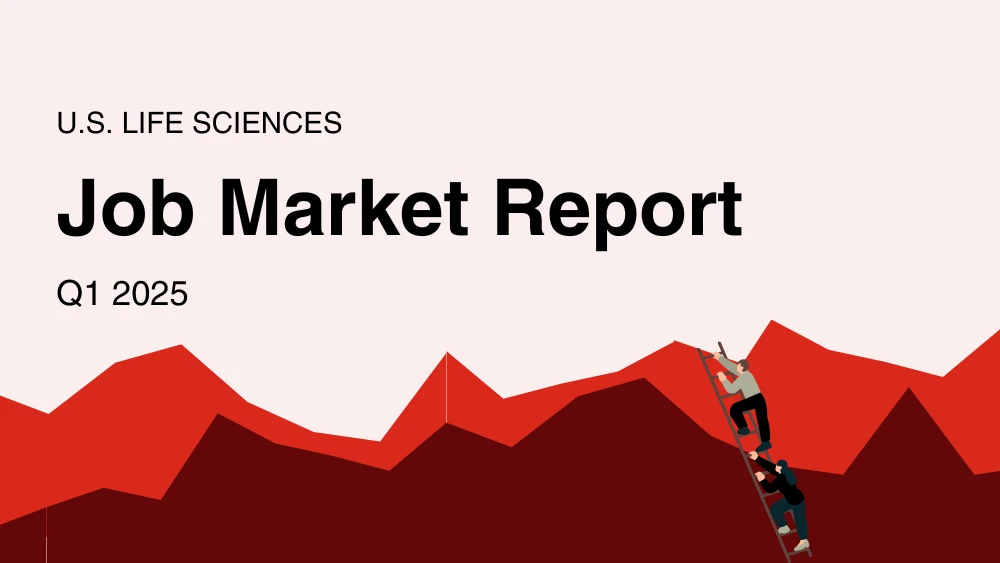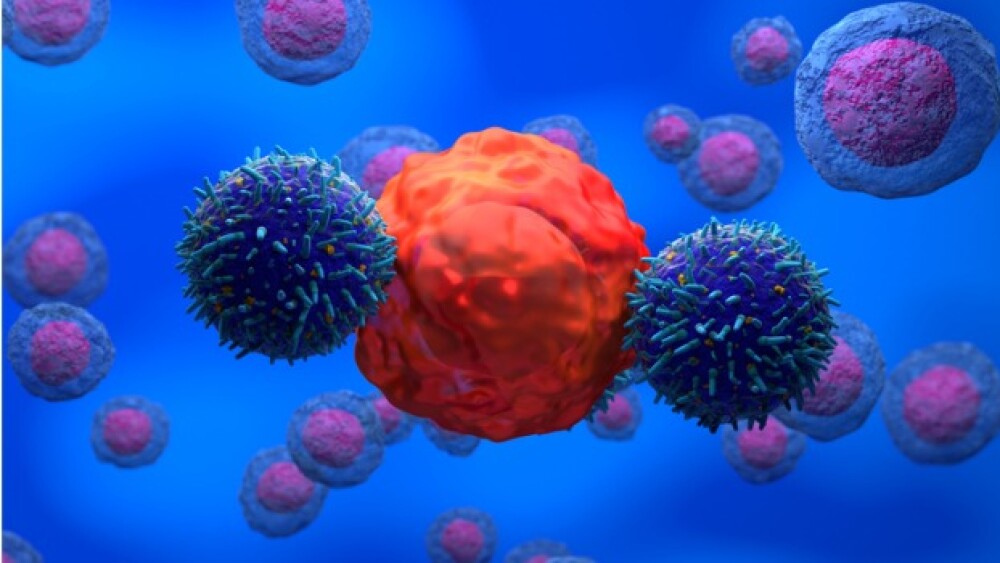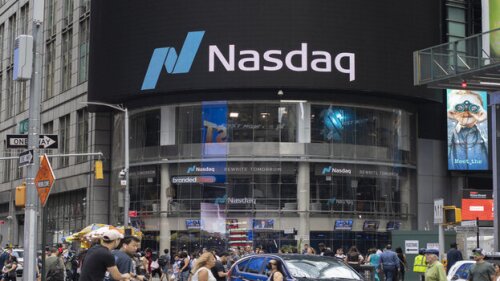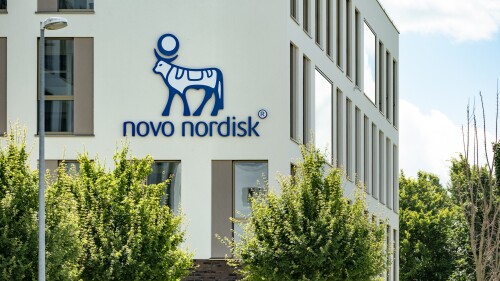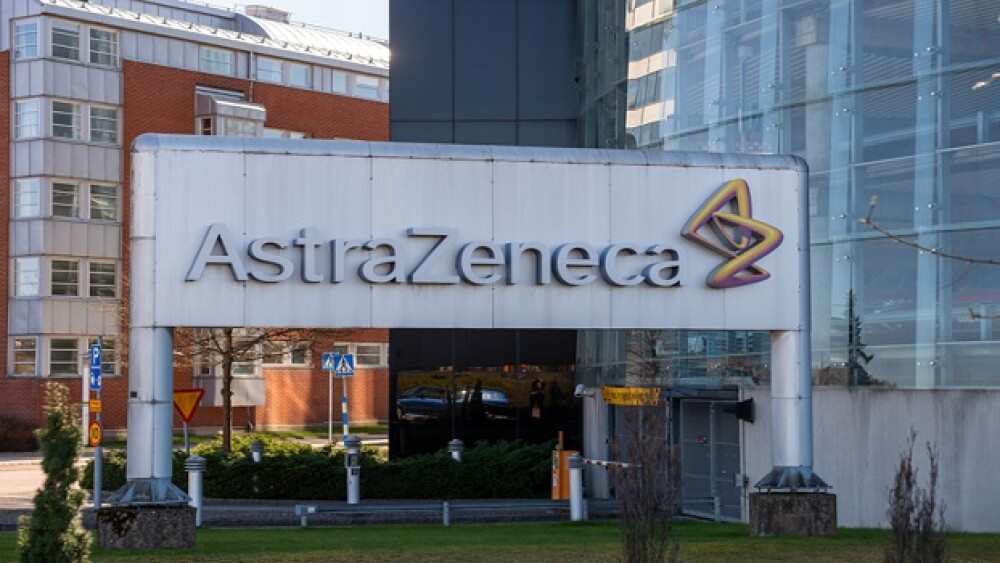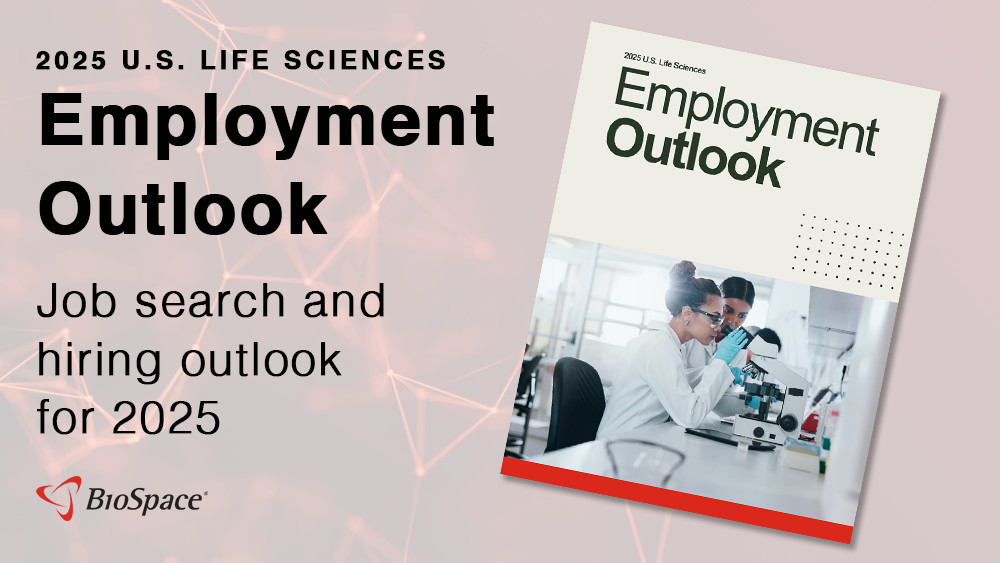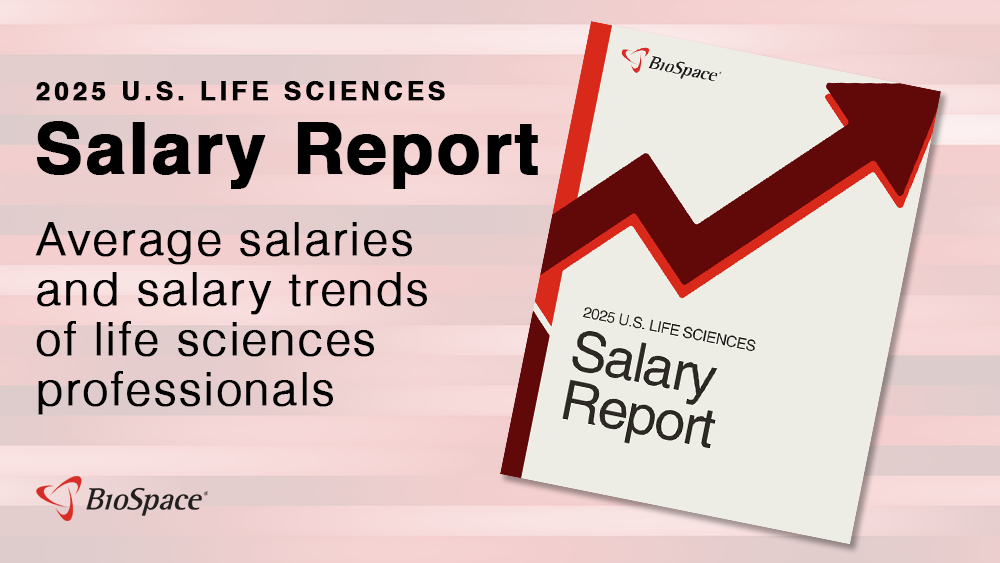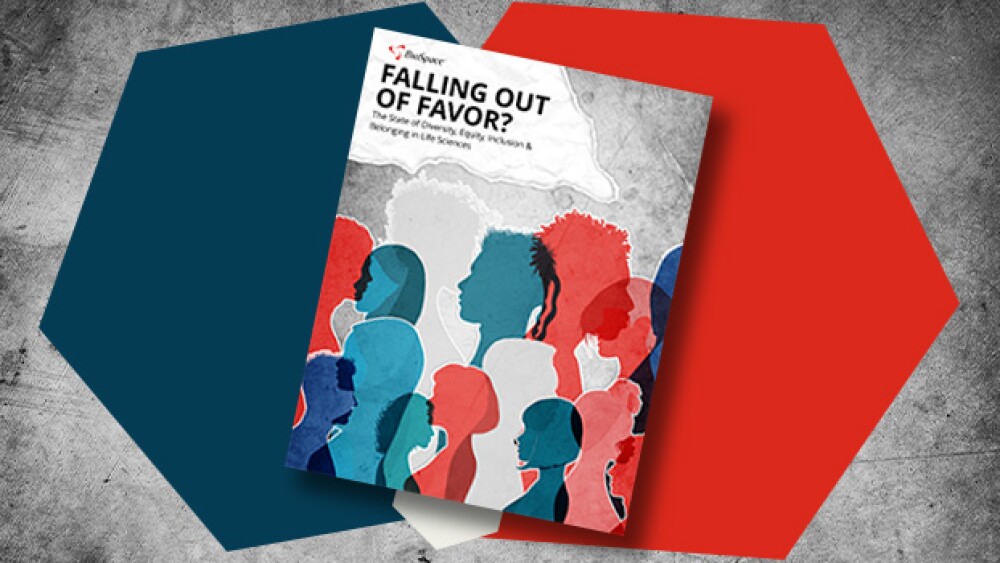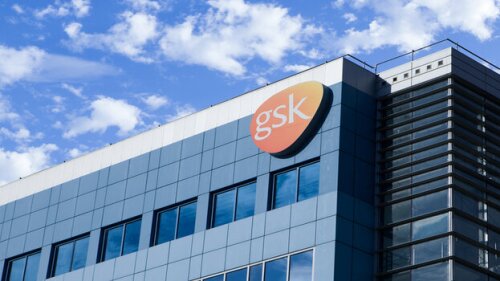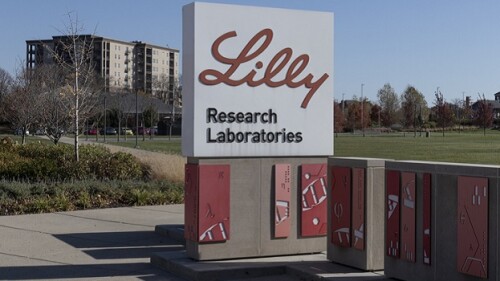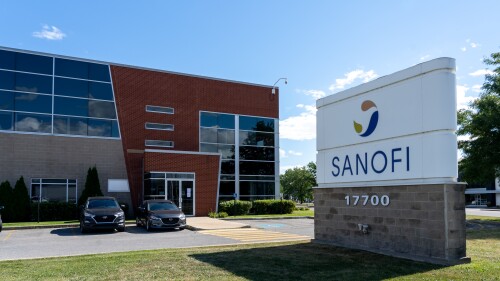It’s been a fraught road for the proposed merger between Acelyrin and Alumis, with Tang Capital’s Concentra Biosciences in February threatening to upend the deal with a proposed $3-per-share acquisition of Acelyrin.
The drug, a small molecule protein inhibitor, brought in $132 million in the first quarter, missing consensus estimates by 17%.
As Q1 2025 earnings season continues, tariffs remain top of mind for pharma CEOs and investors. Meanwhile, the American Association for Cancer Research’s annual event kicks off this year’s oncology conference season. Plus, will the FDA become politicized under HHS Secretary RFK Jr.?
Nevertheless, Albert Bourla has been lobbying the U.S. government—as high as President Donald Trump himself—to skip the pharmaceutical industry tariffs, which Trump has threatened, in part as a way to shore up U.S. national security.
Despite executing perfectly, Octagon confronted a “scientific no-go,” CEO Isaac Stoner said in his LinkedIn post announcing the company’s impending closure.
The condition, recessive dystrophic epidermolysis bullosa, causes chronic wounds and has an 84% mortality rate by age 40.
FEATURED STORIES
More than a decade after Merck’s Keytruda and BMS’ Yervoy ushered in the immuno-oncology revolution, the space is at a crossroads, with experts highlighting novel targets, combinations and pre-emptive immunization as the next wave for IO.
Two recent documents—one from the FDA, the other from a commission organized by The Lancet Diabetes & Endocrinology—indicate an evolving mindset toward treating obesity as a chronic disease.
While at SCOPE 2025, Sam Srivastava, CEO at WCG Clinical discusses the challenges and responsibilities of the life sciences industry in building public trust amidst growing anger towards healthcare.
FROM BIOSPACE INSIGHTS
In a year when eradicated diseases are on the uptick in America, how will American children survive RFK Jr.’s vaccine scrutiny and inconsistency? Two experts call on pharma and regulatory bodies to rebuild trust.
LATEST PODCASTS
Mass layoffs represent a step for Bayer toward reducing managerial layers, while clinical results released in the last week could influence the parallel races between Novo Nordisk and Eli Lilly in the GLP-1 and insulin spaces.
Bayer joined BMS in announcing major overhaul; Takeda drops up to $2 billion for an anti-amyloid drug from AC Immune; and BioSpace reflects on last week’s ASGCT meeting—the good, the bad and the ugly.
On this episode of Denatured, Lori Ellis and guests discuss President Biden’s Executive Order on Advancing Women’s Health Research and Innovation and the outlook of investment in women’s health.
Job Trends
Merck, known as MSD outside of the United States and Canada, and Eyebiotech Limited, a privately held ophthalmology-focused biotechnology company, announced that the companies have entered into a definitive agreement under which Merck, through a subsidiary, will acquire EyeBio.
Subscribe to Genepool
Subscribe to BioSpace’s flagship publication including top headlines, special editions and life sciences’ most important breaking news
SPECIAL EDITIONS
A new generation of checkpoint inhibitors is emerging, with some showing more promise than others. From recent TIGIT failures to high-potential targets like VEGF, BioSpace explores what’s on the horizon in immuno-oncology.
Peter Marks, the venerable head of the FDA’s Center for Biologics Evaluation and Research, has been forced out. In this special edition of BioPharm Executive, BioSpace takes a deep dive into the instability of the HHS.
Year-over-year BioSpace data show biopharma professionals faced increased competition for fewer employment opportunities during the first quarter of 2025.
DEALS
-
Cartesian Therapeutics’ mRNA CAR-T therapy met its primary endpoint in a mid-stage trial for the chronic autoimmune disorder and expects to raise $130 million via private placement equity financing.
-
In 2023, the ADC market exceeded $10 billion, and this momentum is persisting into 2024, as evidenced by several strategic deals and a robust pipeline of candidate drugs.
-
In 2023, the ADC market exceeded $10 billion, and this momentum is persisting into 2024, as evidenced by several strategic deals and a robust pipeline of candidate drugs.
-
Alumis is debuting in an initial public offering Friday on the Nasdaq, though the $250 million IPO is less than its initial targeted raise of $274 million just days ago.
-
AbbVie on Thursday announced it has acquired Celsius Therapeutics to expand its immunology portfolio with a first-in-class TREM1 inhibitor CEL383, following other big players looking to cash in on the hot immuno market.
WEIGHT LOSS
-
Novo Nordisk and Eli Lilly are expected to rule the obesity market for a few more years without much challenge. To ensure they stay there as competition enters, the companies are spending billions in licensing and M&A deals.
-
Novo Nordisk’s blockbuster type 2 diabetes medication is a sure bet for the list of the next 15 drugs whose Medicare prices will be negotiated in 2025 and go into effect in 2027, according to analysts and academics.
-
Amid a flurry of weight loss readouts, a fresh-on-the-scene startup has come out with Phase I results showing weight loss at day 36 on par with or better than competitors, with few gastrointestinal side effects.
-
In a high-profile showdown Tuesday with Sen. Bernie Sanders’ Senate health committee, Novo Nordisk CEO Lars Fruergaard Jørgensen will be asked to defend the drugs’ U.S. monthly list prices of $969 and $1,349, respectively.
-
Novo Nodrisk’s cannabinoid receptor–targeting obesity pill was picked up in the $1.1 billion acquisition of Inversago Pharmaceuticals last year.
POLICY
-
Iskra Reic will continue to serve as the pharma’s senior vice president for Vaccines and Immune Therapies as she steps in for Leon Wang, who was detained by Chinese authorities in November.
-
Novartis is seeking to prevent the entry of generics for its blockbuster heart failure drug Entresto, its top-selling asset that brought in more than $6 billion in net global sales last year.
-
The payment scheme will tie gene therapy payments to improvements in health outcomes—and could potentially boost the uptake of these sickle cell disease treatments.
-
Based on how President-elect Donald Trump’s first administration handled immigration, experts are concerned about how his second term will impact foreign-born biopharma professionals. Two immigration attorneys discuss what may be ahead, including increased difficulty getting work visas.
-
President-elect Donald Trump and his incoming administration are unlikely to attempt a wholesale restructuring of U.S. healthcare and could promote M&A activity, but controversial picks like Robert F. Kennedy could impact vaccine sales, experts say.
There are many reasons why you might want to negotiate your stock options. Read on to discover what stock options are and how to negotiate your stock options with your employer.
BioSpace sat down with Maritza Gamboa, the associate director of talent acquisition at Intellia Therapeutics, to find out how to identify and avoid scam job offers.
BioSpace sat down with Axogen’s Chief Human Resources Officer Maria Martinez to understand why now is the best time to make the switch to pharma and biotech.
If you’re ready to start earning the salary you deserve, here are some tips to help you recognize your worth and negotiate pay as a remote employee.
BioSpace spoke with industry experts to find out the differences between working in pharma and biotech and how to know if a pharma company is right for you.
According to a survey by CareerBuilder, 23% of hiring managers spend less than 30 seconds reading a resume. Make the most of those seconds with these five tips to make your resume stand out.
HOTBEDS
REPORTS
In this Employment Outlook report, BioSpace explores current workforce sentiment, job activity trends and the prospective job and hiring outlook for 2025, particularly as it compares to the previous year.
BioSpace’s third report on diversity, equity, inclusion and belonging in life sciences examines dramatic shifts in attitude around diversity initiatives.
CANCER
-
GSK, Gilead and Arcellx, Vertex and more present new data at the American Society of Hematology annual meeting just as sickle cell therapies Casgevy and Lyfgenia have a new outcomes-based payment model; Eli Lilly and Novo Nordisk pump new funds into manufacturing; and AbbVie makes a Cerevel comeback while uniQure clears a path toward accelerated approval in Huntington’s disease.
-
The overall survival edge over J&J’s Darzalex will help GSK strengthen its case as it plots the market comeback of Blenrep, which was pulled after a failed confirmatory study.
-
Anito-cel has shown no signs of delayed neurotoxicity at around 9 months of follow-up, hinting at a safety profile that could set it apart from J&J and Legend’s Carvykti.
-
According to Jake Van Naarden, president of Lilly Oncology, the excess deaths could be due to the high rate of crossover in BRUIN CLL-321.
-
Analysts called the data “very competitive” but raised questions about safety. Merck gained ownership of the ADC when it acquired VelosBio in November 2020 for $2.75 billion.
NEUROSCIENCE
-
Johnson & Johnson is cutting several programs—most of which are in neurology and psychiatry—as the company also pulls back from the infectious diseases market.
-
Under the deal, the Danish pharma will gain access to Longboard’s 5-HT2C receptor superagonist that is currently in late-stage development for seizures in various developmental and epileptic encephalopathies, including Dravet syndrome.
-
Since its inception in 1992, the FDA’s accelerated approval pathway has helped shepherd nearly 300 new drugs to the market. However, recent years have seen a number of high-profile market withdrawals and failed confirmatory trials.
-
Oditrasertib, which blocks the inflammatory RIPK1 protein, earlier this year also failed a Phase II trial in amyotrophic lateral sclerosis, forcing the company to discontinue its development a few months later.
-
Sage has decided to discontinue the development of dalzanemdor in Alzheimer’s disease. A study of the candidate in Huntington’s is ongoing, with early data expected later this year.
CELL AND GENE THERAPY
-
Sarepta has been hit with another patent infringement lawsuit, this time from Sanofi and its subsidiary Genzyme alleging that the biotech used protected technology related to AAV vectors.
-
The advantages of using circular RNAs—including increased durability, enhanced protein expression and substantially lower manufacturing costs compared to linear mRNAs—have driven a spate of investment in this technology.
-
Fatalities are an unfortunate reality of clinical trials. How can companies best protect themselves?
-
After more than a decade devoid of therapeutic advancements, a first-in-class T cell receptor therapy could be on the immediate horizon for synovial sarcoma patients.
-
The company’s candidate, giroctocogene fitelparvovec, met its primary and key secondary objectives of superiority compared to the standard treatment of regular Factor VIII infusions.



